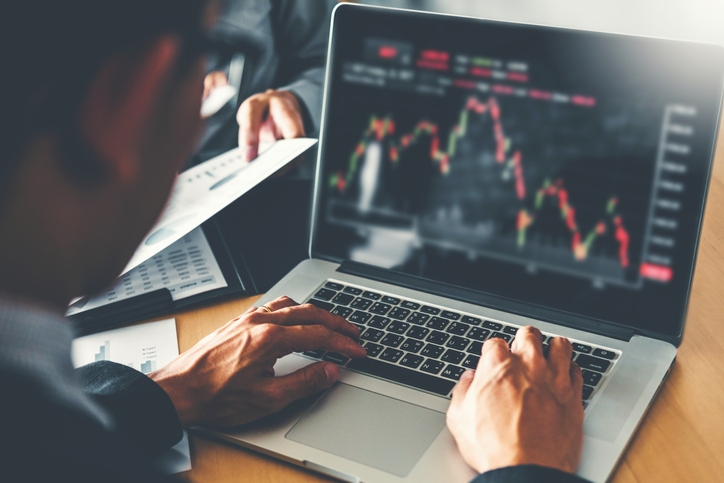12 ways to making the perfect FX trade

There is no ‘perfect’ trade for foreign exchange (FX) trading, but there are specific steps you can take to help you make the best possible trade that fits your needs. This article will outline 12 ways that can help you make the perfect FX trade.
1. Define your goals
Before you begin trading FX, it’s essential to define your goals. What are you looking to achieve through FX trading?
- Are you hoping to generate income?
- Do you want to grow your investment portfolio?
- Do you want to hedge against currency risk?
Once you have a clear understanding of your goals, you’ll be better positioned to find the perfect trade for your needs.
2. Understand the risks
There are risks associated with FX trading. Before you begin trading, you must understand these risks, as they can significantly impact your trade outcomes. Some of the risks associated with FX trading include market risk, liquidity risk, and exchange rate risk.
3. Consider your timeframe
Decide beforehand whether you are looking for a short-term or long-term trade. Your choice will likely depend on your goals and objectives. For example, if you’re looking to generate income, you may be more interested in short-term trades that offer quick profits. If you’re looking to grow your investment portfolio, you may be more interested in long-term trades that offer greater returns.
4. Know your currency pairs
When trading FX, you’ll be dealing in currency pairs. For example, if you’re looking to trade the USD/JPY pair, you’re essentially betting on the value of the US dollar against the Japanese yen. It’s essential to understand the currency pairs you’re trading, which can impact your trade outcomes.
5. Consider your entry and exit points
It is also essential to consider your entry and exit points. These are the prices at which you enter and exit a trade, and they can have a significant impact on your profitability. It’s essential to carefully consider your entry and exit points before entering a trade, as they can differentiate between a profit and a loss.
6. Use stop-loss orders
Stop-loss orders are essential tools that can help you limit your losses on a trade. By placing a stop-loss order, you can ensure that you’ll exit a trade if it reaches a specific price. It can help you to avoid incurring significant losses on your trades.
7. Take advantage of leverage
Leverage is an essential tool that can increase your profits in FX trading. When you use leverage, you’re essentially borrowing money to trade with, allowing you to control more prominent positions than you would otherwise. However, it’s important to use leverage responsibly, as it can also increase your losses if misused.
8. Use risk management strategies
Risk management is an integral part of FX trading. By using risk management strategies, you can help to limit your losses and protect your profits. Some common risk management strategies include stop-loss orders and position sizing.
9. Consider using technical analysis
Technical analysis is a method of predicting future price movements based on past market data. Many traders use this to help them find the perfect trade. If you’re considering using technical analysis, many resources are available to help you get started.
10. Stay up-to-date on economic news
Another vital factor to consider when finding the perfect FX trade is staying up-to-date on economic news. Economic news can significantly impact currency values, so it’s essential to be aware of any significant announcements. You can stay up-to-date on economic news by following financial news outlets or subscribing to economic calendars.
11. Practice with a demo account
If you’re new to FX trading, it’s essential to practice before putting real money on the line. Luckily, most brokers offer demo accounts that allow you to trade in a simulated environment without risking any real money. Practising with a demo account lets you get a feel for how FX trading works and learn some of the ropes before putting your capital at risk.
12. Find a reputable broker
Finding a reputable broker is crucial when you’re ready to start trading FX. A good broker will offer you competitive spreads, low commissions, and access to various markets. Shop around and compare different brokers before choosing one to work with. See https://www.home.saxo/en-sg/products/forex for a brokerage with local knowledge about trading in Singapore.

Comments are closed.